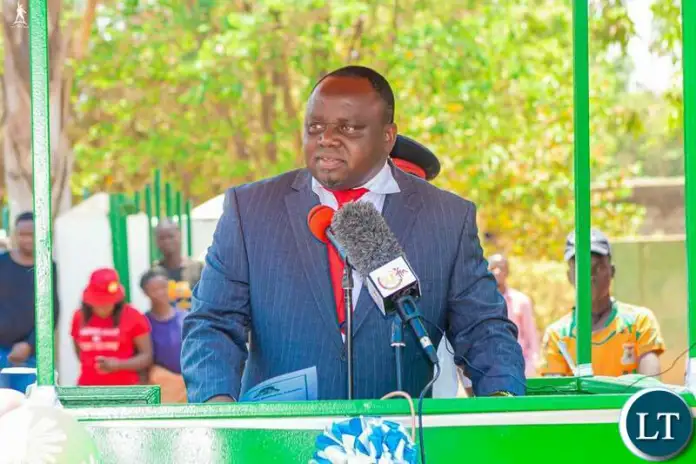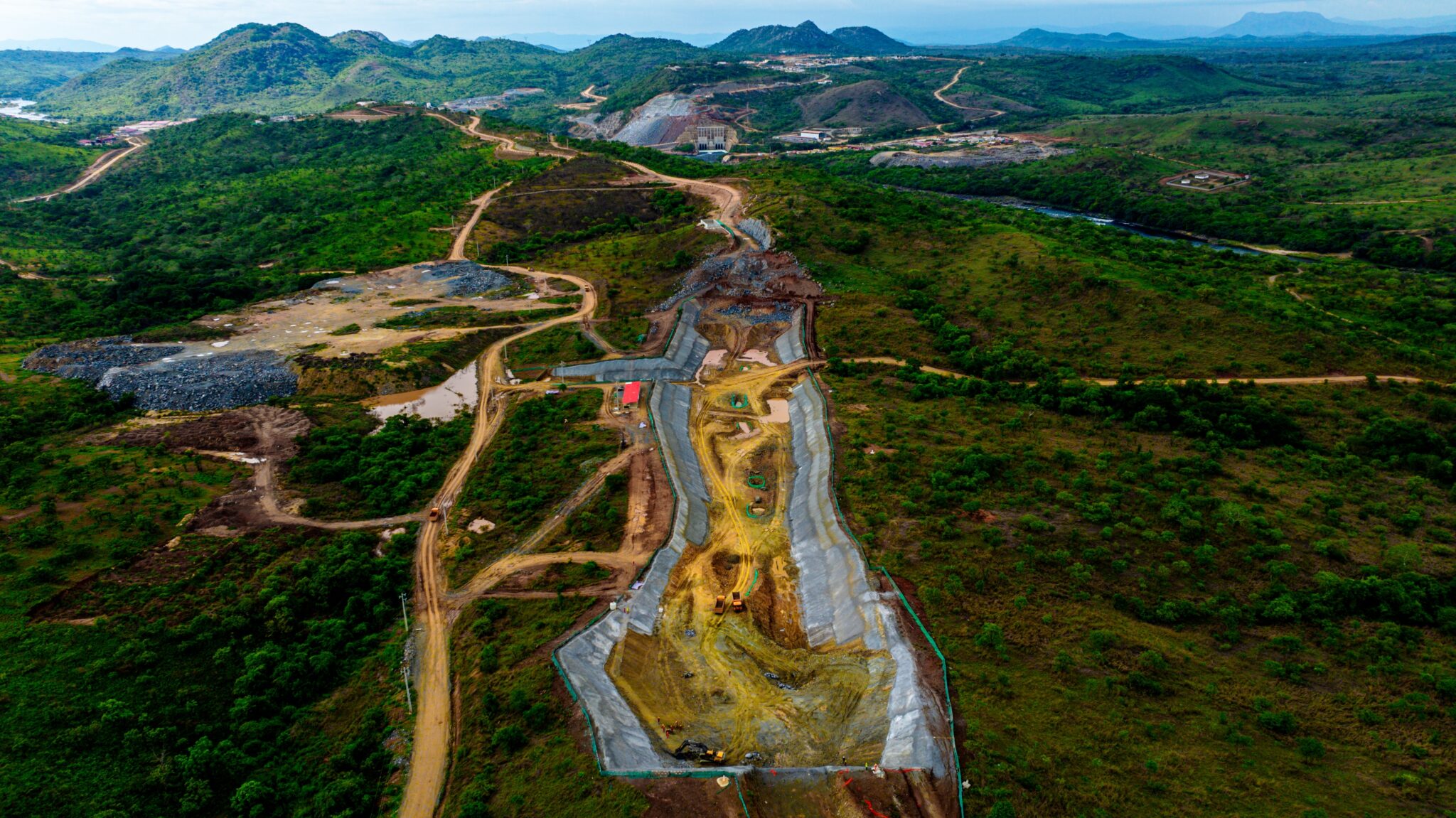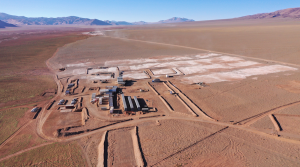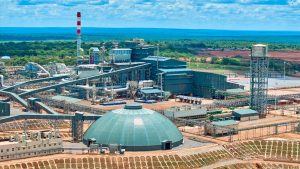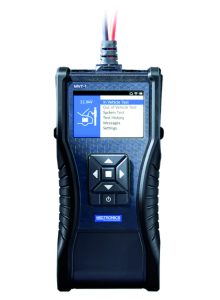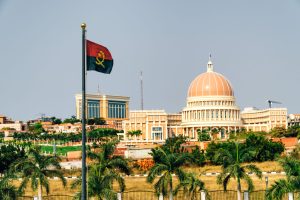Zambia: Mining sector undergoes significant overhaul with implementation of new laws
By Bwalya Chilufya-Musonda and Joshua Mwamulima, Partners, and Mwansa Nachula and Twaambo Mukuni, Associates, Bowmans Zambia
On 3 June 2025, the Zambian Minister of Mines and Minerals Development, Paul Kabuswe (Minister), signed commencement orders for two crucial new pieces of mining legislation – the Minerals Regulation Commission Act, 2024 (New Mines Act) and the Geological and Minerals Development Act, 2015 (GMDA), published on 13 June 2025.
Since gaining independence in 1964, Zambia’s mining legal framework has undergone four major overhauls (in 1969, 1995, 2008 and 2015) to address the prevailing political, economic and social priorities at the time.
One of the major drivers of legislative reform in the recent past has been the need to attract investment to meet the Government’s goal of increasing copper production to 3 million metric tons by 2030. This includes modernising administration of the mining sector through streamlined regulations, the establishment of an independent regulator, and reducing speculation in the sector.
The New Mines Act, which repeals and replaces the Mines and Minerals Development Act, 2015 (Old Mines Act), is the primary law governing the sector and introduces significant institutional, procedural, and substantive changes to the regulation of Zambia’s mineral resources. The GMDA, on the other hand, focuses on geological surveys exploration, and the development of both large-scale and artisanal and small-scale mining.
The impact of the new legislation on the mining industry and the mining value chain is outlined below.
Establishment of the Minerals Regulation Commission
One of the standout changes under the New Mines Act is the creation of the Minerals Regulation Commission (Commission).
The Commission is an autonomous regulatory body that now serves as the central authority for the administration and oversight of mining activities. The Commission consolidates the powers and functions that were previously vested in multiple directorates under the Ministry of Mines – namely, the Directors of Mines, Mines Safety, Geological Survey and Mining Cadastre.
In terms of mandate and functions, the Commission is generally tasked with setting strategic policy direction for the mining sector. It is also responsible for granting, suspending and revoking mining and non-mining rights, regulating and monitoring mining operations and the marketing of minerals, and providing laboratory services for mineral analysis and valuation.
The Commission also collaborates with other authorities to combat illegal mining and tax evasion, promotes research, and ensures compliance with environmental, health and safety standards.
Continuity of mining rights
While the New Mines Act retains the categories of mining rights established under the Old Mines Act, it has introduced more stringent eligibility criteria for applicants. Some of the key changes introduced include the expansion of maximum permissible areas for certain mining rights and shortened decision-making timeframes. For example, mining licences must be granted within 45 days, as opposed to 90 days under the Old Mines Act.
The New Mines Act also sets limitations on the number of mining rights held by a single person to five, unless the Commission is satisfied with the applicant’s compliance record and financial capacity. This is a new measure aimed at preventing speculative hoarding of licences and promoting active, responsible mining.
Furthermore, the New Mines Act authorises the Commission to designate priority licensing areas, subject to public bidding under the Public Procurement Act, 2020, and retains the Mining Appeals Tribunal, which hears disputes arising from decisions of the Commission.
Institutional oversight and powers of authorised officers
The GMDA has strengthened institutional oversight and enhanced the powers of authorised officers. Specifically, it establishes two new directorates under the Ministry of Mines and Mineral Development. These are the Director of Artisanal and Small-Scale Mining, who is responsible for building capacity and supporting the formalisation of the ASM subsector, and the Director of Large-Scale Mining and Investment Promotion, who is tasked with attracting and facilitating mining investment and reinvestment. The Director of Geological Survey will continue to be responsible for mapping, analysis and maintaining a national mineral database.
This marks a departure from the provisions in the Old Mines Act, in which such roles were not clearly defined. The new approach provides dedicated, functional oversight to areas of regulation that were previously under-resourced or fragmented, particularly in geological services and ASM support.
The GMDA has also provided clearer procedural thresholds and restricts inspections by an authorised officer to defined circumstances. This makes the exercise of these powers more predictable and accountable.
Local content and employment obligations
Mining right and mineral processing licence holders are now explicitly required to prefer goods and services produced or supplied in Zambia, particularly by citizen-owned or citizen-empowered companies. They are also mandated to employ qualified Zambian citizens and implement training programmes to transfer technical and managerial skills, in accordance with the Employment Code Act No. 3 of 2019.
Previously, there were local content provisions, but they were loosely defined and poorly enforced. The GMDA now links these obligations to clear penalties, with a minimum of 1 million penalty units (approximately ZMW 400 000), and an additional 150 000 penalty units per day (approximately ZMW 60 000) for ongoing non-compliance. This introduces tangible financial consequences for failing to comply.
Conclusion
The new legislation represents a significant advancement in Zambia’s mining regulatory framework. It introduces stronger oversight by shifting from ministerial to commission-led oversight, enhances investor engagement mechanisms through the creation of a directorate of Large-Scale Mining and Investment Promotion, and ensures that mineral development contributes significantly to local economic participation and long-term sector resilience.
Mining companies and exploration firms operating in Zambia should proactively review their internal compliance, local procurement and human resource strategies to align with the new requirements. There are also opportunities to engage productively with the new directorates and take advantage of the newly introduced support mechanisms.
In terms of transition, licences, permits and certificates issued under the Old Mines Act will remain valid until they expire, are revoked, or are surrendered. Applications that were pending at the commencement of the New Mines Act will be processed in accordance with the new legislation.
Share this content:
